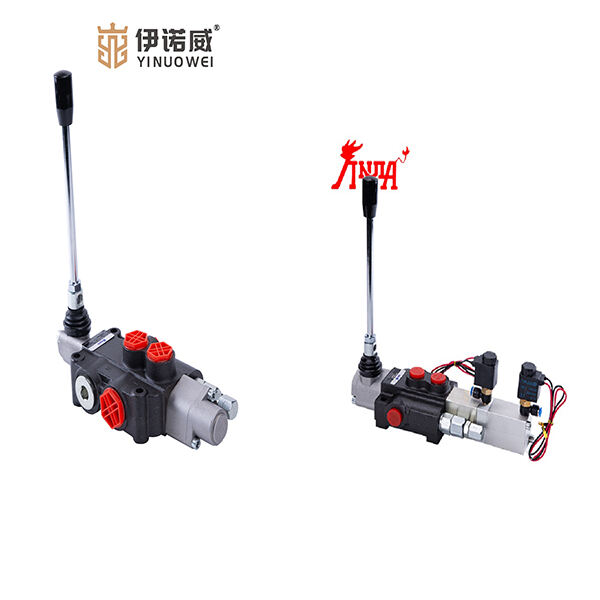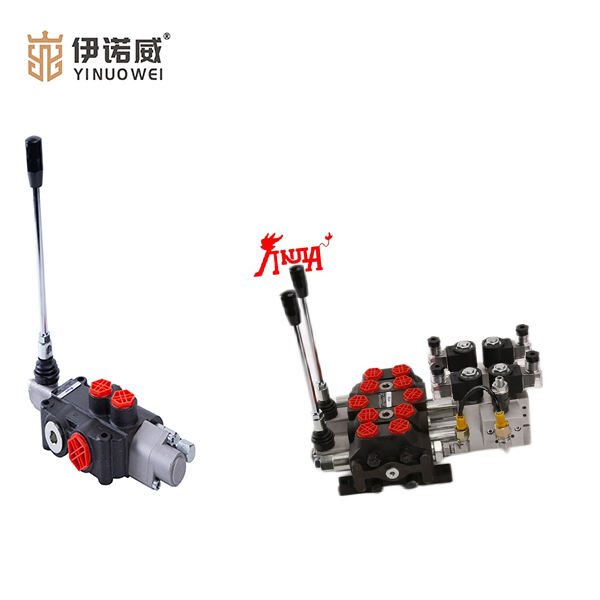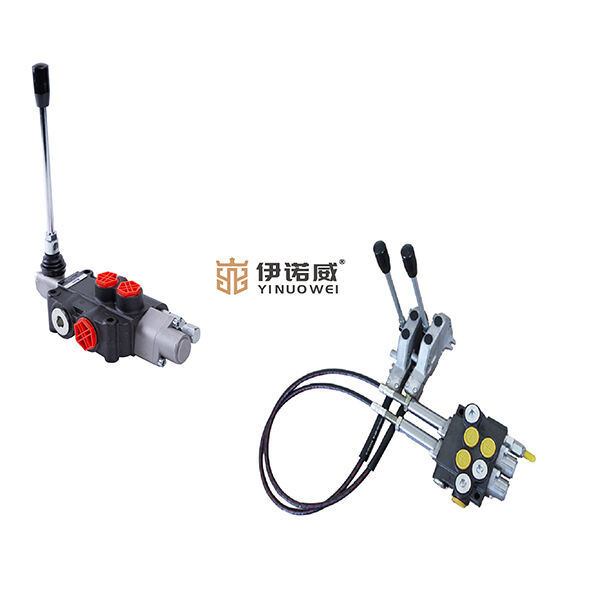Adibidez, gruetak, lasterboardak eta bai gauza motzak automobilak erabiltzen dituzte hidrauliko sistemak burutzeko eta mugitzeko karga handiak. Horrela sistemak likidoetan oinarritzen diren — oleaga izaten dena — kanpoei eta tuboetan flujoa izango du presioa eskaintzeko. Hori da presioa lagunduko dugula aldagai handiak aurrean uztena. Baina aldagai handia gorako denean, likida hori kanpoetan behera esker eskubidea egin dezake. Horrek askotan arriskutsua izan daiteke, aldagai handia mahaigain handia azkarrago igo delako. Hemen omm 32 hidrauliko motor lagundu handia denez eta kritikoa da.
Hidrauliko sisteman dauden kritikoen komponente bat zaila balioa da. Sistemako fluido nola joan den kontrolatzen du eta alde baterako harrapakak desbideratzen ahalketa dela frogatzen du. Horri pisuak dituen trampolina bezala islatu dezakegu! Balioa, eskualdeta gainontzeko fluidearen itzalera aurka indar eman ahal izateko gisa lan egiten duen arinera da. Pisua gainetik igo bitartean, balioak ireki eta liquidoa libreki joaten da, horrela objektua goian igoa erraztu zaio. Baina pisua behera bueltatzen denean, balioak itxita, erresistentea ematen zaio. Horrek pisua behera joatea aldatzen du eta soilik jatorriz iristen dela estali dizkio.
Kontra-aurkibidea ez badago, hidrauliko sistema arrazoien asko izan daitezke pisua soilik jasotzen bada. Gailu edo ibilgailuari derrigorrez dantza egingo luke eta hori onerakoera handia da konpondurekin. Benetan, zergatik oso galtzen den kranak konponduko kostua ulertzen duzu! Etorkizunean ikus dezakegu, pisu handia pertsona batek uzten badu, arduraduna izan daiteke. Horregatik, hidrauliko sistemak eskubidearen balioa instalatu behar dute. Hau espezialki lanean eta aldekoen segurtasun-arrazoi gisa funtzionatzen da.

Aukeraketa desberdinetan sartuta izan daitezke, eraikuntza kokapenetan, fabriketan eta berriz argiatuetan ere non balioak erabili ahal diren. Hemen hauek dira erabilera beraztatzeko puntuen arteko nagusiak:

Kontra-bostatu balduenaren lan-principioa. Hidraulikoa Fluiderako ekintza-dantza fundamentala da kontra-bostatu balduenak. Horrek dantza hau ematen du pilot ametsarekin laster-marko kargatua. Hori da — soilik pisua aldatzen denean, pilot ametsak handitu eta balduena ireki zaitezkeela, fluidea aldeko gainontzeko erreklamari inportzat uzten baita. Baina pisua behera hasten denean, pilot ametsak murrizten dira eta laster-marko kargatua norabidearen aurkako fluxuarekin mugitzen da. Horrek pisuaren beherago mugimendua murrizten du eta bere aldeko landareak joatea gaitzen du.

JinJia da hidrauliko atalakosaren altaspinako fabrikatzailea, adibidez, kontrapeso errekularrak, jireh. Kalitate handia eraikitzera; bere errekularrak diseinatu eta eraikitzen dira beharrezko ekintza luksu eta iraurgituta emateko. ABCsupply hidrauliko soluzioen multzoaren kontrapeso errekularrak zabalki industrian erabiltzen dira. Eraiki lekuetatik fabrikan eta halaingurara, zeure aplikazioan hidraulikoa sistemak erabiltzen badituzu, JinJia du zure eskakizunentzako kontrapeso errekularraren soluziorik onena.